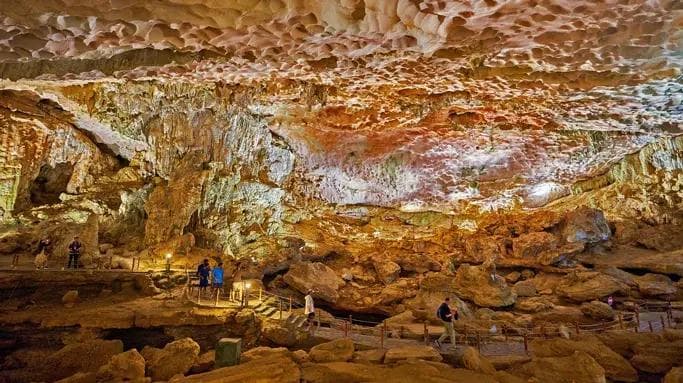The Stag, The Hound and The Clown
A Living Culture
In Bhutan, traditional dress is not just for special occasions—it's a daily expression of cultural identity. Men wear the gho, a knee-length robe, while women don the kira, an ankle-length dress. These garments are not merely clothing but symbols of a society that values its heritage above all else.
Sacred Monasteries and Dzongs
The Tiger's Nest Monastery, perched dramatically on a cliff face 3,000 feet above the Paro Valley, remains one of Bhutan's most iconic landmarks. This sacred site, where Guru Rinpoche is said to have meditated for three years, three months, three weeks, and three days, offers visitors not just spiritual enlightenment but breathtaking views of the Himalayan landscape.
Colorful Festivals and Celebrations
Bhutan comes alive during its numerous festivals, where masked dancers whirl in ancient courtyards and the air fills with the sound of long horns and chanting monks.
Paro Tsechu Festival
The most famous of all Bhutanese festivals, Paro Tsechu attracts thousands of pilgrims and visitors from around the world.
Sacred Dance Masks
Each mask used in the sacred dances has deep spiritual significance, representing various deities and protectors.
Intricate Costume Details
The silk brocades and hand-woven fabrics used in festival costumes are often family heirlooms passed down through generations.


